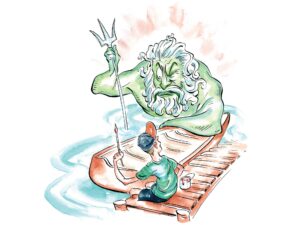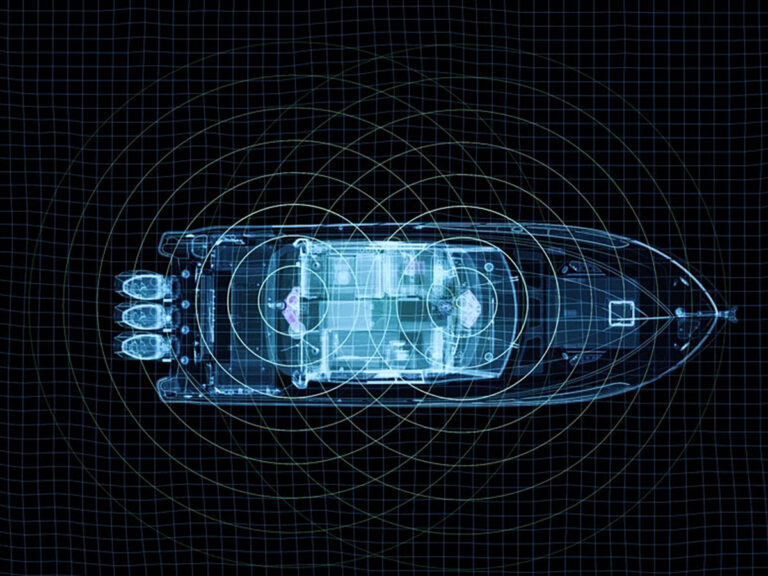Ben wrote in over the weekend with a good question that we need to share because its a question we get fairly often. Ben’s question: “What is the most effective way to connect the bonding wire to items like sea cocks and rudder stock? Currently the bonding cables are held against the sea cock and rudder stock by stainless hose clamps.”
Ben went on to ask what I thought of the “bonding clamps” he found online somewhere. A photo of one such clamp is shown here:

Commercially available bonding clamp
For those of you not familiar with all of this, the bonding system on your boat is the green wire (most boats) you see in your bilge area that connects all the metal parts on your boat that are in contact with sea water. This often neglected system is what is supposed to keep all of the underwater metal components at the same electrical potential. With the same electrical potential everywhere there can be no electrical current flow. No current flow equals no corrosion.
Many builders have used the hose clamp method that Ben mentions over the years, and truth be told, it works OK. The stainless is fairly inert galvanically so it won’t rust or corrode. It looks funky, but as long as the clamp is tight, it will hold the 8 AWG wire in place firmly against the piece of metal that is to be connected. As for the copper strap shown above I say the stainless clamp is a better choice. The clamp above is going to actually induce some corrosion on a bronze thru-hull fitting, and really doesn’t provide as infinite an adjustment as the stainless steel hose clamp.
The best choice here is a lot of effort. Drill and tap the metal fittings and use a stainless steel fastener to hold a tinned copper ring terminal in place on the piece of metal to be connected. Once done with all of that, give the connection a spray with Boeshield T-9 to provide a hermetic seal. The terminal will stay corrosion free for quite some time following this advise. As for where to start drilling, straight down into the end of the rudder stock will work and into the mount flange on sea cocks. just be careful in the sea cock and use a drill stop so you don’t drill a hole through the bottom of your boat!









